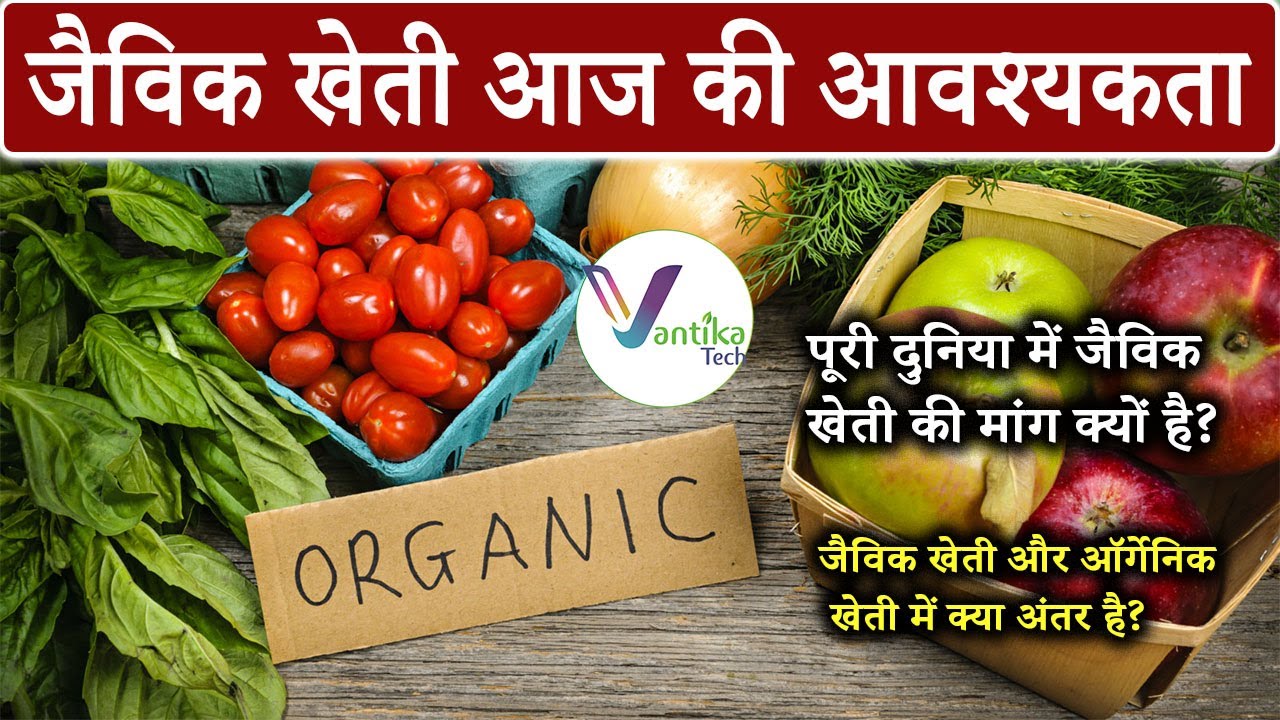Extreme weather events, driven by climate change, have become increasingly common and severe in recent years. Among the various sectors affected, agriculture, particularly cotton farming, faces significant challenges due to these climatic disruptions. This blog explores the profound impacts of extreme weather events on cotton crop yield and quality and delves into potential solutions to mitigate these effects.
Cotton is one of the most essential cash crops globally, with a significant role in the textile industry. However, its susceptibility to extreme weather events, including droughts, floods, hurricanes, and heatwaves, has raised concerns about the sustainability of cotton farming.
Impacts on Cotton Crop Yield
Drought: Prolonged droughts can lead to water stress in cotton plants, reducing their growth and overall yield. Insufficient moisture during critical growth stages can cause stunted development and smaller bolls, resulting in lower cotton production.
Floods: Excessive rainfall and flooding can drown cotton fields, leading to root damage, waterlogged soil, and increased susceptibility to diseases. This can result in decreased cotton quality and yield, along with financial losses for farmers.
Heatwaves: Extended periods of high temperatures can accelerate cotton maturation, causing bolls to open prematurely. This premature opening affects both cotton quality and yield, as it reduces the time available for the cotton fibers to develop fully.
Pest and Disease Pressure: Extreme weather events can disrupt the natural balance of ecosystems, leading to an increase in pest and disease pressures on cotton crops. This further reduces yield and requires additional pest management measures.
Impacts on Cotton Quality
Fiber Length and Strength: Extreme weather conditions can lead to shorter and weaker cotton fibers, making them less valuable for textile production. This affects the overall quality and marketability of cotton.
Color and Appearance: Excessive heat and drought stress can result in cotton bolls with discolored or stained fibers, making them less attractive to buyers. This can lead to a decline in market prices for affected cotton.
Mitigating the Impacts
Improved Irrigation Practices: Investing in efficient irrigation systems, such as drip irrigation or precision farming, can help combat the effects of drought by ensuring that cotton plants receive adequate moisture.
Crop Insurance: Farmers can protect themselves from financial losses due to extreme weather events by purchasing crop insurance policies that provide compensation for yield and quality losses.
Crop Rotation and Diversification: Rotating cotton with other crops can help improve soil health, reduce pest pressures, and mitigate the impacts of extreme weather events on cotton yield and quality.
Climate-Resilient Varieties: Developing and planting cotton varieties that are more resistant to extreme weather conditions can help ensure more stable yields and higher-quality cotton.
Conclusion
Extreme weather events pose significant challenges to cotton farming, impacting both crop yield and quality. Climate change mitigation efforts and adaptation strategies are crucial to safeguarding the cotton industry's future. By implementing sustainable farming practices, investing in technology, and supporting research on climate-resilient cotton varieties, we can work towards a more resilient and sustainable cotton industry.
Thank you for exploring the impacts of extreme weather events on cotton crop yield and quality with us. Together, we can strive for more resilient and sustainable cotton farming practices in a changing climate.
#ExtremeWeather #CottonCrop #ClimateChange #Agriculture #Sustainability #CropYield #CropQuality #ClimateResilience








No comments:
Post a Comment